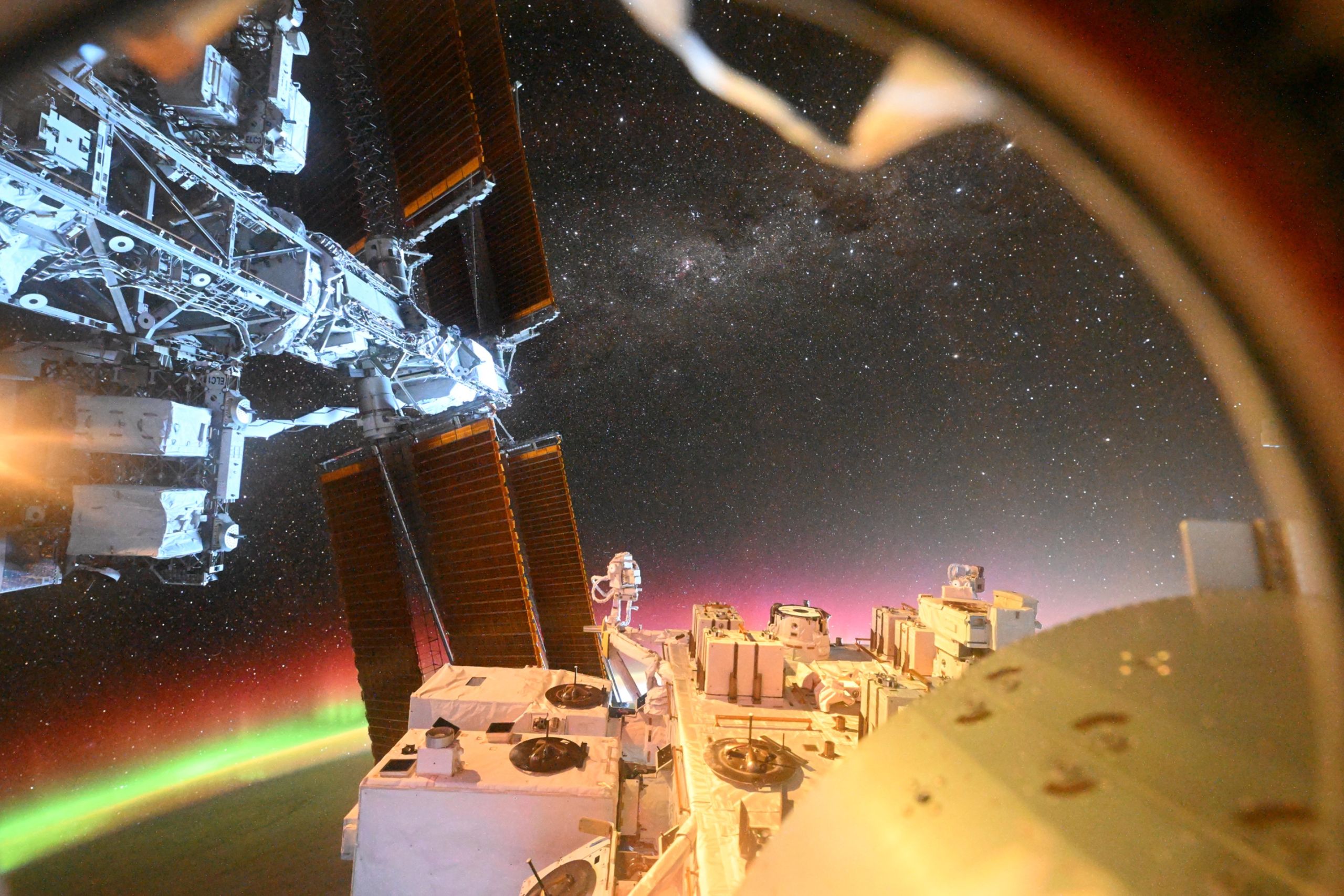The most tantalizing feature of the interstellar object 3I/ATLAS, was displayed in an image taken by the Hubble Space Telescope on July 21, 2025 (as reported here and analyzed here). The image showed an extended glow pointed towards the Sun. The viewing direction was only 10 degrees away from the direction of 3I/ATLAS relative to the Sun, implying that if the glow had been viewed sideways, it would be about 10 times longer than it is wide. This was highlighted in a paper I wrote with Eric Keto (accessible here). The 10:1 axis ratio constitutes the geometry of a jet pointed from 3I/ATLAS towards the Sun.
As soon as the Hubble image was publicized, comet experts cheered that 3I/ATLAS behaves as a comet. But their enthusiasm neglected the fact that the image revealed an anti-tail pointing towards the Sun. Realizing this is as shocking as photographing an animal in your backyard which your family members identify as a common street cat, while the image shows a tail coming out of the animal’s forehead. The only attempt to explain this unique quality of 3I/ATLAS was made in the paper I wrote with Eric Keto (accessible here).
Comets are characterized by a tail of dust and gas which points away from the Sun. The reason is simple: the solar radiation and solar wind push the dust and gas away from the Sun. If the sunward jet (anti-tail) contained refractory dust particles, as found in familiar comets, then that scattered sunlight would have pushed these particles away from the Sun relative to the massive nucleus of 3I/ATLAS. Larger dust particles with sizes up to hundreds of micrometers, have a smaller surface area per unit mass and are pushed less effectively by sunlight, but they are also less effective at scattering sunlight. The most effective scattering particles are those with a size comparable to the wavelength of sunlight, about 0.5 micrometer. If such particles were shed by 3I/ATLAS, they would have definitely showed up in a tail pushed in the direction away from the Sun.
A new image (accessible here) was just reported from the Two-meter Twin Telescope (TtT) which includes two pairs of 0.8 meter telescopes at the Teide Observatory in the Canary Islands, Spain. The image, composed of 159 exposures of 50 seconds each, was taken on August 2, 2025. It shows a faint jet pointed towards the Sun. Similarly to the Hubble image, the jet extends to a projected distance of about 6,000 kilometers from the nucleus.
The existence of an anti-tail (jet) pointed towards the Sun is an anomaly that raises two questions:
1. What is the nature of the anti-tail?
2. Why are comet experts ignoring this anomaly while insisting that 3I/ATLAS is a familiar comet?
I am working with Eric Keto on a follow-up paper regarding the first question (based on the physics described here). However, I leave the second question to historians of science.
The Hebrew word “Dayenu” means “It would have been enough”. Paraphrasing the Dayenu song of Passover (accessible here) — which Stephen Hawking enjoyed at my home a decade ago, one can summarize the anomalies of 3I/ATLAS as follows:
1. If 3I/ATLAS had a sunward jet or anti-tail (see here), Dayenu!
2. If 3I/ATLAS was a million times more massive than 1I/`Oumuamua and a thousand times more massive than 2I/Borisov, while moving much faster than both (see here), Dayenu!
3. If 3I/ATLAS was aligned in its trajectory within 5 degrees with the ecliptic plane of the planets around the Sun (see here), Dayenu!
4. If 3I/ATLAS had a fine-tuned arrival time, so that it passes within tens of millions of kilometers from Mars, Venus and Jupiter (see here), Dayenu!
5. If 3I/ATLAS showed a gas plume with nickel but no iron (as found in industrially-produced nickel alloys) and a nickel to cyanide ratio that is orders of magnitude larger than all known comets, including 2I/Borisov (see here), Dayenu!
6. If 3I/ATLAS showed a gas plume with only 4% water by mass, while comet experts forecasted that it is water rich (see here), Dayenu!
7. If 3I/ATLAS showed extreme negative polarization, unprecedented for all known comets, including 2I/Borisov (see here), Dayenu!
8. If 3I/ATLAS arrived from a direction coincident with the “Wow! Signal” to within 9 degrees (see here), Dayenu!
Another new preprint about 3I/ATLAS (accessible here), suggested to detect its gaseous plume when it will pass within 8 million kilometers from the Europa Clipper and Hera spacecraft during the coming month. However, I calculated that since the density of the outflowing gas declines inversely with distance squared, the gas plume would be swept away by the solar wind at a distance that is an order of magnitude smaller than the closest approach distance of 3I/ATLAS from these two spacecraft.
Eventually, the second question raised above will need to be addressed by historians of science. History depends on who writes it. The history of the 21st century will likely be written by AI systems. Hopefully, these AI systems will not be too indoctrinated by the club of unimaginative scientists who ignore the anomalies of 3I/ATLAS. If AI historians will be biased by myths rather than facts, we will be justified in unplugging them from their power supply.
ABOUT THE AUTHOR
Avi Loeb is the head of the Galileo Project, founding director of Harvard University’s Black Hole Initiative, director of the Institute for Theory and Computation at the Harvard-Smithsonian Center for Astrophysics, and the former chair of the astronomy department at Harvard University (2011–2020). He is a former member of the President’s Council of Advisors on Science and Technology and a former chair of the Board on Physics and Astronomy of the National Academies. He is the bestselling author of “Extraterrestrial: The First Sign of Intelligent Life Beyond Earth” and a co-author of the textbook “Life in the Cosmos”, both published in 2021. The paperback edition of his new book, titled “Interstellar”, was published in August 2024.
Source link

